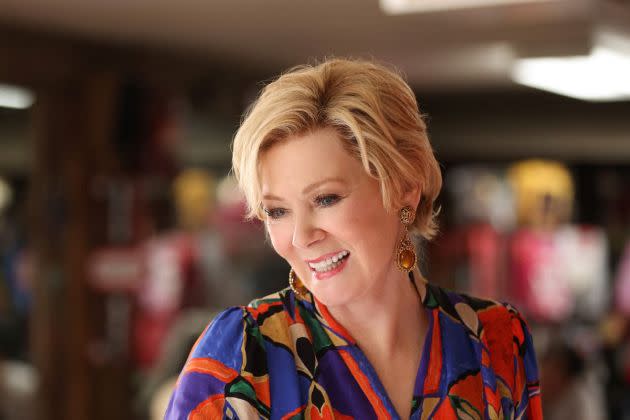Are We There Yet? Film and Traditional TV Lag While Streamers Set the Standard for Gender Parity on Screen (Column)

How will film and television history remember the last two decades of gender relations and representation in Hollywood?
The Equal Employment Opportunity Commission came to town, found evidence of gender discrimination by the major film studios but left without taking any publically acknowledged action. Harvey Weinstein’s reign of terror and intimidation came to an end in courtrooms on both coasts, in a downfall so ugly that his business-turned-criminal acts will mark him forever as a true Hollywood monster. And the #MeToo movement announced itself, raised awareness about sexual harassment and abuse, and spurred an on-going reckoning.
More from Variety
Streaming Shows Have More Major Female Characters Than Broadcast TV, Study Finds
Film Criticism Continues to Be Dominated by Men, Study Shows
Only 7% of Movies in 2021 Featured More Women than Men, Study Finds
I started tracking the numbers of women working on screen and behind the scenes in television and film 25 years ago when the occasional media report announced women were enjoying increased visibility and success on the basis of a few anecdotal cases. Seeing no evidence of these improvements on screen or behind the scenes, I began a program of research through San Diego State University to document women’s representation and employment. Other organizations introduced similar projects. We no longer have to guess how women are faring on the small and large screens.
According to our latest Boxed In study, the percentage of female characters on original streaming programs now approximates the proportion of girls and women in the U.S. population. Female characters comprised 50% of all major characters in the 2021-22 season, and 52% in 2020-21. Programs on broadcast networks have yet to reach gender parity but are close, with females accounting for 48% of major characters. Film remains more stubbornly male-centric, with females making up only 35% of major characters. This is up a scant 2 percentage points from 33% in 2011, more than a decade ago.
Additional challenges remain. Female characters are younger than their male counterparts in both television and film. Our screens are filled with almost twice as many female characters in their 20s as male characters, but approximately twice as many male characters over 60 as female characters. These age differences tell us that women continue to be valued for their youth and beauty, while men are valued for their experience. Men are allowed to age into their power, normalizing the belief that men somehow come by their power more organically than women. These patterns can be difficult to discern when audiences see the outstanding performances by Frances McDormand or Jean Smart and assume that ageism on screen is a thing of the past. The reality is that women with some life experience remain dramatically underrepresented.
After two decades of heightened awareness regarding this issue, it seems that we should be further along. In the summer of 2021, producer and author Kelly Edwards wrote a guest column for Variety proclaiming that she would no longer answer “remedial questions” about diversity. But women still comprise a minority in key behind-the-scenes positions in both film and television. In 2021, women accounted for just 25% of individuals working in key behind-the-scenes roles on top grossing films. This is up just 8 percentage points from 17% in 1998. Last year, 92% of films had no women cinematographers, 92% had no women composers, and 82% had no women directors, according to our latest Celluloid Ceiling study.
In television, women comprised 31% of those working behind the scenes on broadcast television programs and 37% on streaming programs. 92% of broadcast and streaming programs had no women directors of photography, and 79% had no women directors.
Over the last two decades, Hollywood has seen more panels and research on inclusion and diversity than were generated in the first century of filmmaking. Research reports have armed executives with more bullet-pointed suggestions of how to increase diversity than will ever be implemented.
The research indicates that while television — streaming television in particular – offers hope for sustained gender parity on screen and eventual parity behind the scenes, broadcast television is stuck, and film clearly needs a giant push. As expectations regarding the utility and benefits of inclusion and diversity of all types continue to rise and become more deeply rooted in our culture, the film industry will increasingly find itself out of step with demographic trends and the larger culture. Streaming television now leads the way, the question is how long it will take for the film industry to follow.
(Pictured: Jean Smart in HBO Max’s “Hacks”)
Dr. Martha Lauzen is founder and executive director of San Diego State University’s Center for the Study of Women in Television and Film
Best of Variety
Sign up for Variety’s Newsletter. For the latest news, follow us on Facebook, Twitter, and Instagram.
